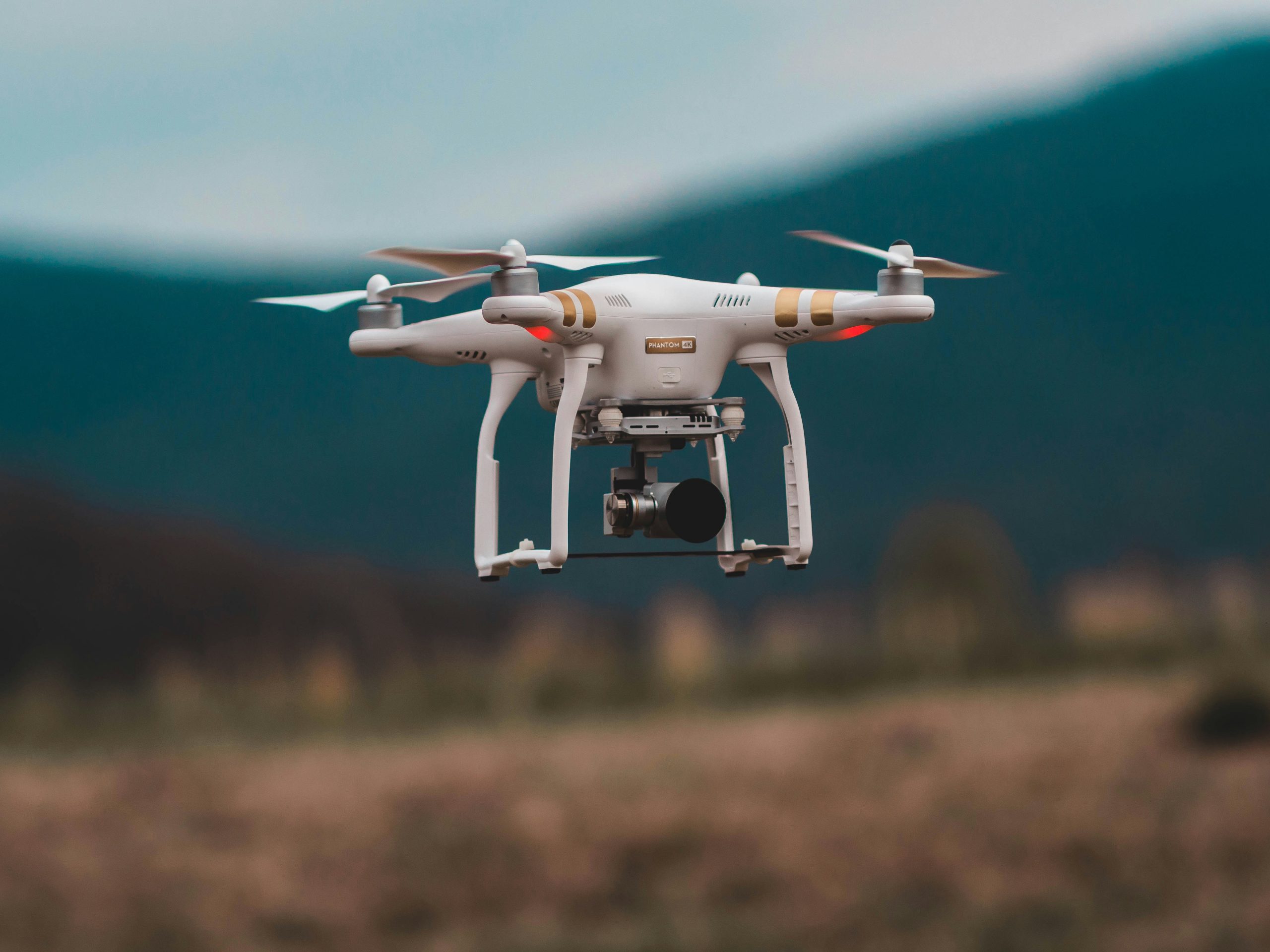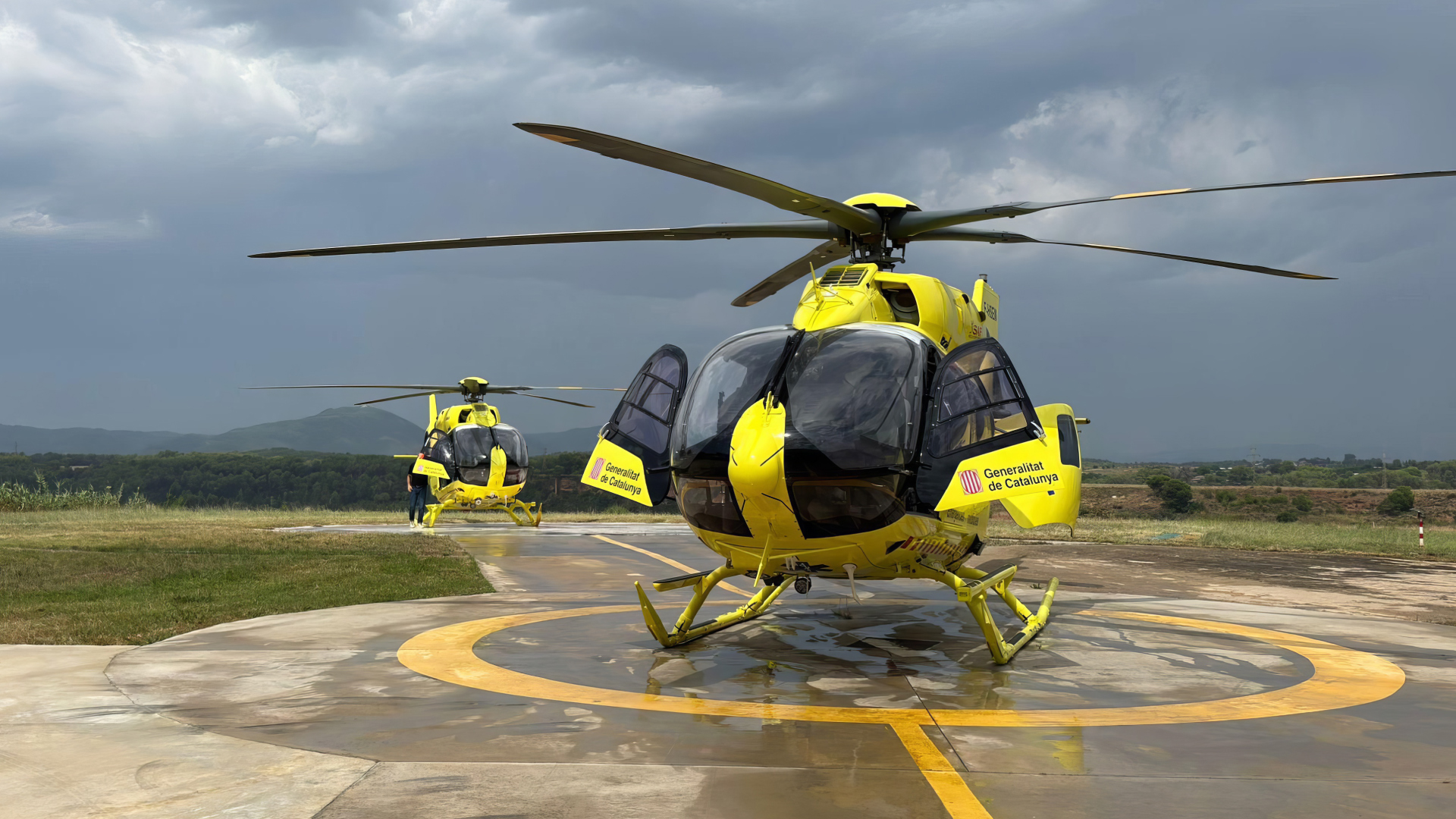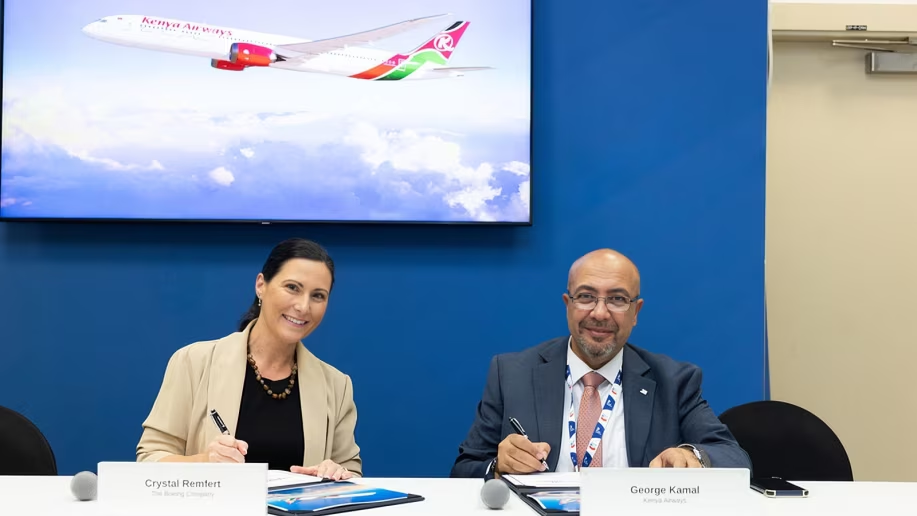The global drone industry is entering a defining phase in 2025. All signs are pointing to continued growth, fuelled by breakthroughs in artificial intelligence, regulatory reform, and public enthusiasm for the technology. Over and above this, these unmanned aircraft are solving a number of problems that previously, did not have any answers. Yet while the skies over Silicon Valley and Shenzhen buzz with innovation, a quieter but equally transformative revolution is taking flight across the African continent.
From precision farming to delivering vaccines to remote villages, drones, once symbols of high-tech warfare or hobbyist indulgence, are now also emerging as lifelines for millions. But for this technology to truly soar, Africa must move beyond innovation alone and begin building the ecosystems necessary to sustain it. We took a look at the drone industry, beyond the movie sets and battle frontlines. We unpacked what these savvy little pieces of technology are currently achieving, and what, in future, they are capable of.
Bridging Infrastructure Gaps
Drones, also known as unmanned aerial vehicles (UAVs), have evolved dramatically over the past decade. In Africa, the transformation has been particularly striking. Countries like Rwanda, Kenya, and Ghana have become global case studies in how drones can bridge long-standing infrastructure gaps.
Rwanda’s Zipline delivery service, now a household name in health logistics, proved that autonomous aircraft could reliably transport blood, vaccines, and essential medical supplies to communities otherwise unreachable by road. Ghana followed suit, integrating drones into national healthcare delivery, while the Democratic Republic of Congo (DRC) used drones to transport lab samples during polio outbreaks, cutting down response times and potentially saving countless lives.
These are not futuristic ambitions. They are active programmes. However, even these face their own challenges.
Drones Are Getting Smarter
Across Africa, drones are getting smarter, thanks to advances in AI and machine learning. These systems can now autonomously avoid obstacles, adjust to changing wind conditions, and carry out complex missions with minimal human intervention.
In agriculture, for instance, AI-powered drones equipped with multispectral imaging and advanced sensors are helping farmers monitor crop health, assess irrigation efficiency, and optimise pesticide usage.
In Kenya’s Rift Valley and Nigeria’s Kaduna state, agricultural drones are becoming essential tools for increasing yields and combating climate-related crop stress. In South Africa, drones are being used to hover over crops threatened by frost, replacing helicopters, which are vastly more expensive to operate.
Such innovations are especially urgent as the continent faces mounting pressure to feed a fast-growing population. But unlocking this potential will require investment not just in drones, but in the farmers, technicians, and local developers who operate them.
With Africa facing a $90 billion annual infrastructure funding gap, drones are being called in to do what humans and trucks cannot. From inspecting roads, bridges, and power lines to monitoring deforestation and mining operations, drones offer affordable, high-efficiency solutions to track and maintain critical infrastructure.
In Ghana, drones are used for environmental monitoring in mining regions, detecting illegal operations and helping enforce sustainable practices. Across the Congo Basin, conservationists use drones to map tree cover and track endangered wildlife populations, offering a powerful new tool in the fight against climate change and biodiversity loss.
The Delivery Revolution
Drone delivery is no longer a sci-fi concept; in Africa, it’s becoming the norm. As companies like Zipline expand, others are emerging, offering e-commerce, grocery, and even internet hardware deliveries to remote regions.
Drone delivery cuts across sectors. In Madagascar, drones are being used to drop off anti-venom to remote villages. In South Africa, pilot programmess are testing UAVs to deliver groceries and pharmaceuticals in townships where traditional delivery is unreliable, unachievable, or unsafe.
Yet while the technology exists, the ecosystem often doesn’t. Without investments in drone ports, regulatory frameworks, and financing models, these innovations risk stalling before they reach scale.
The Lack of Infrastructure Threatens the Future of Drones
Just as Henry Ford needed roads and gas stations to turn the automobile into a revolution, drones require more than just airspace; they need policy, people, and capital. And this, unlike the budding and evolving technology, is moving at a slower pace.
The rest of the infrastructure, government regulations and immediate environment is simply not keeping up.
However, some countries are making strategic moves. Malawi’s African Drone and Data Academy and the DRC’s Drone Academy are training the next generation of African UAV professionals. Rwanda, supported by the World Economic Forum, has embraced performance-based drone regulations, leading the continent in regulatory agility.
But more is needed. Development finance institutions (DFIs) can play a pivotal role by offering:
- Co-financing and concessional loans to lower startup costs;
- Volume guarantees to ensure drone operators earn sustainable income;
- Risk-sharing mechanisms to attract private investors;
- Drone-as-a-Service (DaaS) models to make drone access affordable for SMEs and communities.
Will Vision Alone Be Enough?
As we near the midpoint of 2025, drones are on the cusp of transforming African economies. But realising their full potential will take more than technology, it will require vision.
Africa’s drone future depends on four critical pillars:
- Agile, harmonised regulations across the continent
- Robust financing models that de-risk investment
- Education and capacity-building to train local experts
- Cross-sector collaboration to unlock new use cases and economies of scale
From delivering medical supplies in Kigali to scanning farmland in Kisumu, drones are already showing us what’s possible. Now, it’s time to build the systems that make these possibilities permanent.
The sky may no longer be the limit, but without an ecosystem, even the best drones can’t get off the ground.
















